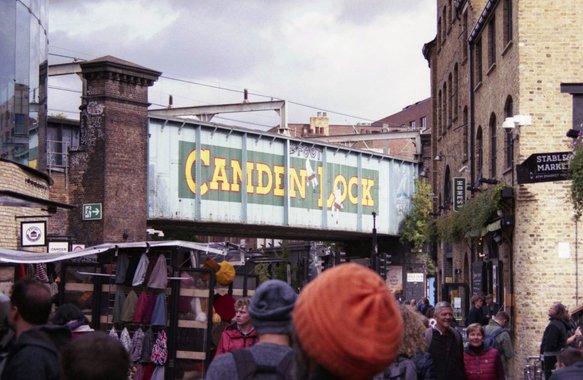
Max Rademakers
Local government finance rarely grabs headlines. But changes being considered will shape the future of council funding for years to come, and could have serious implications for London. We explore the government’s proposals and look at five boroughs especially at risk.
The Fair Funding Review 2.0
This summer the government has been consulting on its Fair Funding Review 2.0. The intention is to link council funding more closely to levels of deprivation, using the Index of Multiple Deprivation (IMD).
The principle is sensible. Councils serving poorer communities should receive more resources to meet higher levels of need. And reform is overdue - the current formula hasn’t been properly updated in over a decade.
But the plans, due to start in 2026/27, have one major flaw. The government proposes using the Index of Multiple Deprivation (IMD) as its main measure of poverty – and the IMD does not properly reflect housing costs or housing poverty.
Why London is set to lose
Housing costs are the single biggest driver of poverty in London. When you account for housing costs:
- One in four Londoners lives in poverty.
- Over one million people are pushed into poverty by their housing costs.
- One in fifty residents – the equivalent of one child in every classroom – is homeless and living in temporary accommodation.
Across the capital, London Councils estimate that boroughs are spending £5.5 million a day on homelessness. These pressures are felt strongly in London and Inner London, where housing costs are highest. But under the proposed formula, they barely register.
This matters. If housing isn’t properly included, the formula could end up taking money away from the boroughs that need it most.
Housing costs are the single biggest driver of poverty in London ... But under the proposed formula, they barely register.
And for London’s inner boroughs – already struggling with deep funding gaps – that would mean severe cuts just as demand for homelessness support, adult social care and children’s services continues to rise.
The proposed formula doesn’t see every London borough lose out. Some Outer London boroughs like Enfield could benefit. Yet with a national perspective, even deprivation in boroughs like Enfield could be underestimated if rapidly rising housing costs aren’t taken into consideration.
Five Inner London boroughs under pressure
In new modelling exploring the proposals, the Institute for Fiscal Studies identified five London boroughs that are especially set to lose out: Camden, Wandsworth, Kensington & Chelsea, Hammersmith & Fulham and Westminster.
These boroughs are often thought of as being at the heart of the country’s wealth. But each of them faces challenges that would only be further worsened by a reduction in local authority funding – as set out in the table below.
| Borough | Local challenges |
|---|---|
| Camden | More than 4 in 10 children live in poverty – well above the England average. 900 people were seen sleeping rough in 2023/24, a sharp rise from the year before. |
| Hammersmith & Fulham | A third of children growing up in poverty. Average rents swallow more than half of an average income. |
| Kensington & Chelsea | London’s second most unaffordable borough, with stark inequalities. 2.6% of households are homeless and in temporary accommodation – far above the national average. |
| Wandsworth | Records more homelessness acceptances than any London borough except Newham. It has the 8th highest proportion of households in temporary accommodation. |
| Westminster | More than 2,000 people were seen sleeping rough in 2023/24 – more than any other borough. 3% of households are homeless and in temporary accommodation, six times the England average. |
If the reforms were switched on tomorrow, the IFS estimate that each of these boroughs would see their funding drop by around a quarter. Even with a planned phasing-in period of three years, and protections, they would see their funding cut in real terms by around 11-12% over this time.
In practice, this would mean each borough having tens of million less to spend a year.
How can we reform better?
There may be political gain in taking money from ‘wealthy’ Inner London boroughs to give to poorer ones elsewhere. But an equal society isn’t a zero-sum game.
London Councils, the collective group of all 32 boroughs, has come together to call for the formula to be changed and protect boroughs from the worst impacts of the proposed system.
They're urging the government to adjust the deprivation measure used so that it reflects income after housing costs, and better captures up to date housing affordability, homelessness and deprivation in 2025.
Reducing funding for inner London boroughs at the heart of the housing and homelessness crisis won’t help to level the playing field. It will tilt it further against the people already struggling most.


